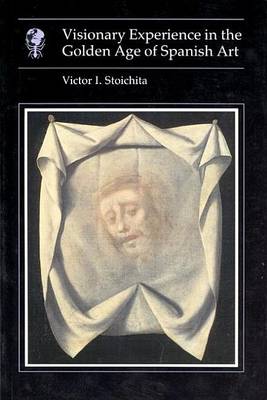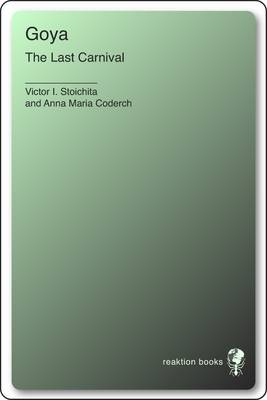Essays in Art & Culture S.
3 total works
Visionary Experience in the Golden Age of Spanish Art
by Victor I. Stoichita
Published 1 October 1995
In this original and lucid account of how Spanish painters of the sixteenth and seventeenth centuries dealt with mystic visions in their art, and of how they attempted to 'represent the unrepresentable', Victor Stoichita aims to establish a theory of visionary imagery in Western art in general, and one for the Spanish Counter-Reformation in particular. He reveals how the spirituality of the Counter-Reformation was characterised by a rediscovery of the role of the imagination in the exercise of faith. This had important consequences for painters such as Velazquez, Zurbaran and El Greco, leading to the development of ingenious solutions for visual depictions of mystical experience. This was to crystallize into an overtly meditative and didactic pictorial language. That Spanish painting is both cerebral and passionate is due to the particular historical forces which shaped it. Stoichita's account will be of crucial interest not just to scholars of Spanish art but to anyone interested in how art responds to ideological pressures.
In this investigative tour de force, now available in a new format edition, Victor I. Stoichita untangles the history of one of the most enduring technical and symbolic challenges to confront Western artists - the depiction and meanings of shadows.
Stoichita's compelling account of the shadow and Western art draws on texts by Renaissance artist-authors such as Vasari and Cennini, folk and fairy tales, classical myths, works by van Eyck, Poussin, Malevich, De Chirico, Picasso and other masters, German Expressionist cinema, photography and child psychology. It is a wholly original investigation of a subject that for centuries has challenged the very meaning of art as representation.
Stoichita's compelling account of the shadow and Western art draws on texts by Renaissance artist-authors such as Vasari and Cennini, folk and fairy tales, classical myths, works by van Eyck, Poussin, Malevich, De Chirico, Picasso and other masters, German Expressionist cinema, photography and child psychology. It is a wholly original investigation of a subject that for centuries has challenged the very meaning of art as representation.
This text provides a new reading of Goya, concentrating on the closing years of the 18th century as a neglected milestone in his life. Goya waited until 1799 to publish his celebrated series of drawings, the "Caprichos", which offered a personal vision of the "world turned upside down". Victor Stoichita and Anna Coderch consider how themes of "Revolution" and "Carnival" (both seen as inversions of the established order) were obsessions in Spanish culture in this period, and make provocative connections between the close of the 1700s and the approaching of the Millennium. The authors deal with almost unknown or neglected literary sources concerning Goya's intellectual envirnoment. Particular emphasis is placed on the artist's links to the underground tradition of the grotesque, of the ugly and the violent. Goya's drawings, considered as a personal and secret laboratory, are foregrounded in a study that also reinterprets his paintings and engravings in the cultural context of his time.


